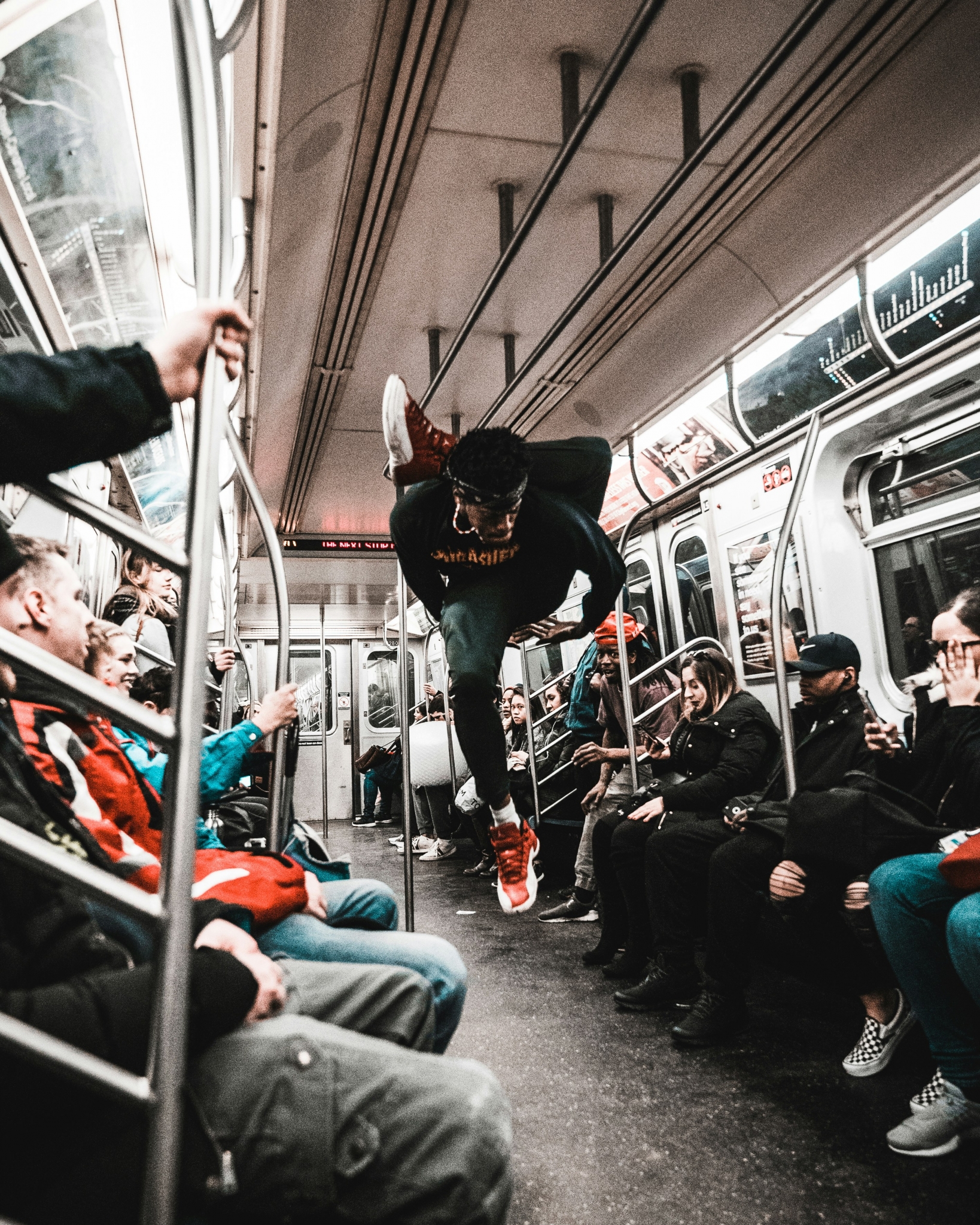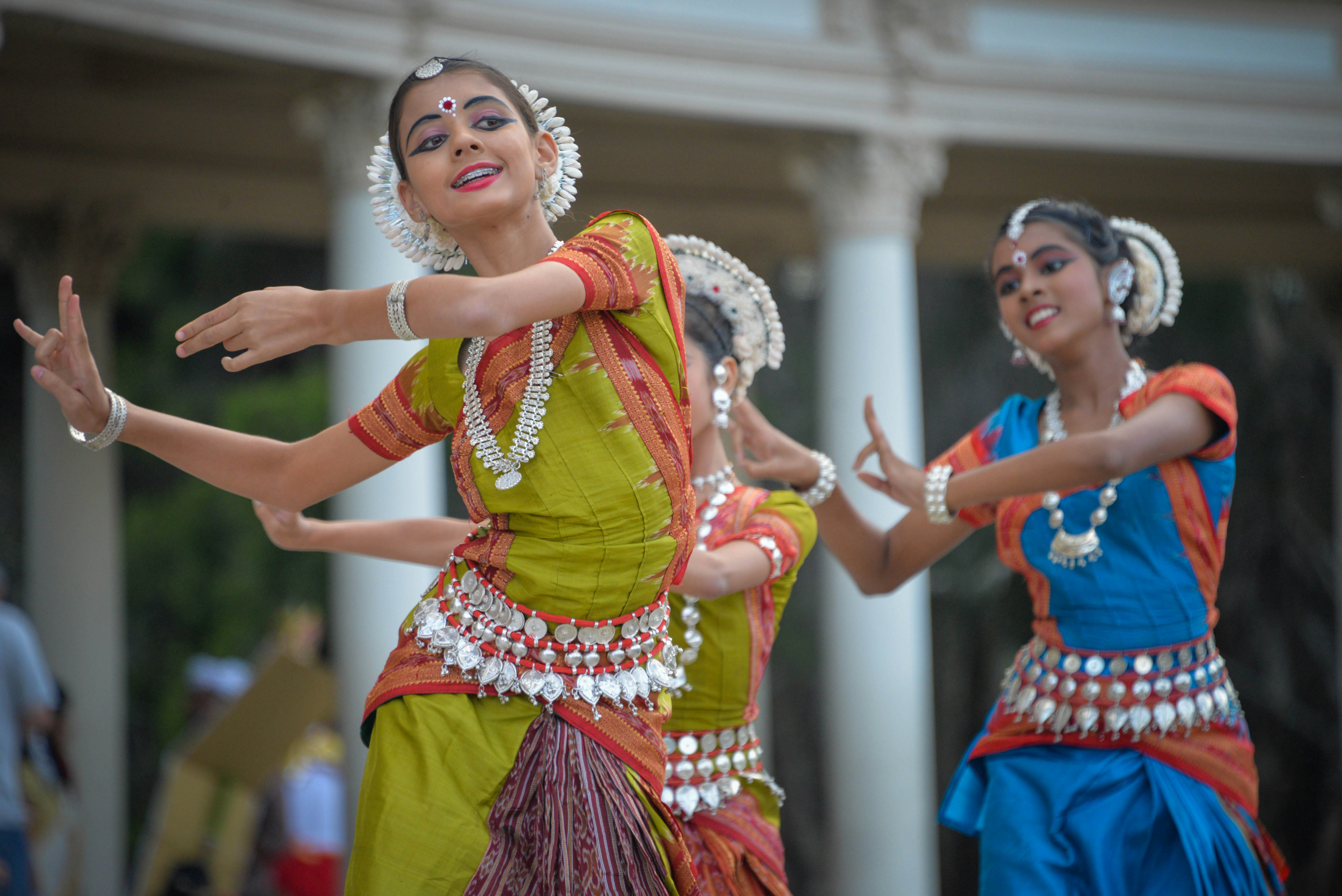Dance is more than movement – it's a cultural pulse. Every step, rhythm, and gesture tells a story rooted in heritage, identity, and community. From the vibrant energy of Afrobeat in West Africa to the poetic expression of Kathak in India or the rebellious spirit of Hip-Hop in the Bronx – dance is a language spoken by generations, shaped by experience, and infused with meaning.
Dance as Cultural Expression
Throughout history, dance has reflected the values, celebrations, and struggles of entire cultures. Traditional dances are more than choreography – they often carry spiritual significance, mark life transitions, and preserve ancestral knowledge.
In Native American culture, for example, dances are ceremonial acts that connect the people to nature and the spirit world. In Ugandan communities, traditional dances are performed at social gatherings to pass down stories, ethics, and emotion. In flamenco, each stomp and hand clap holds centuries of Andalusian, Roma, and Moorish influence.
Even modern styles carry cultural DNA: breaking emerged in the Bronx as a form of resistance and expression; waacking came from queer Black and Latinx communities in 1970s Los Angeles; house dance thrived in Chicago’s underground clubs.
To move in these styles is to participate in their history.


Respecting the Origins
Globalization has made dance styles accessible across continents. But access should come with awareness. To truly embrace a dance style, we must understand:
-
Who created it?
-
What experiences gave birth to it?
-
What values and emotions are embedded in its structure?
This is not about rigid rules, but about appreciation instead of appropriation. It’s about learning from, not over, cultures. Respecting cultural roots keeps dance authentic and meaningful.
As DancePlug beautifully puts it: "Dance is not just a job or physical skill, but a way to share the stories, traditions, and values of a specific culture or community."

Dance Builds Bridges
When we dance styles beyond our own, we step into other worlds. Dance becomes a form of cultural diplomacy, opening doors to empathy, dialogue, and shared experience.
Learning a new style means more than mastering technique. It means listening to the story behind the movement. And when we do that, we don’t just become better dancers – we become more connected human beings.
Dance educator Judith Lynne Hanna once said, "Dance is a visible expression of culture." The more we understand it, the more we understand each other.
Hulaya's Vision
At Hulaya, we believe that movement is connection – and culture is the soul of that connection. We celebrate the diversity of dance not only as art but as lived experience.
We support studios, teachers, and communities that share more than steps – they share context, story, and heart. Whether you're attending a local workshop or an international dance camp, we invite you to explore dance with awareness, curiosity, and respect.
Let’s move together – and never stop learning from each other.
